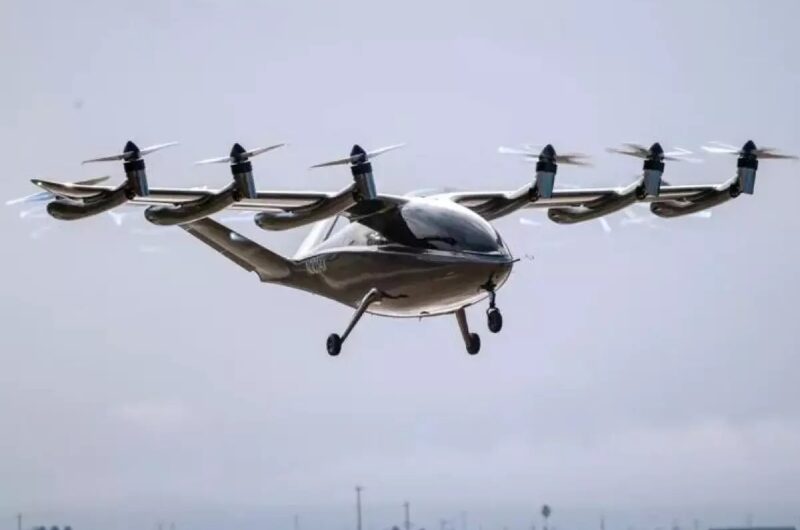NASA is looking for the next four members of the crew to join a one-year program at Houston’s Johnson Space Center that would replicate circumstances and life on Mars.
Launched in the spring of 2025, Crew Health and Performance Exploration Analog, or CHAPEA, is a three-year Mars surface simulation program. This mission will be the second of its kind.
More than halfway through their mission, the first four-person crew entered the Mars Dune Alpha habitat in June 2023 and was locked in.
The first crew is made up of flight engineer Ross Brockwell, a structural engineer and public works administrator; medical officer Nathan Jones; scientific officer Anca Selariu; and commander Kelly Haston, a research scientist with experience in stem cell-based initiatives.
Study: A Robot Chemist May Create the Oxygen Required For Mars Colonization
NASA hopes to use the data gathered from the simulations to assist in getting ready for human Mars exploration.
The Mars Dune Alpha habitat, according to a press release from NASA, replicates the difficulties of a journey to Mars, including as resource constraints, equipment malfunctions, communication hiccups, and other environmental stressors.
Crew members may work on robotics, spacewalks, habitat upkeep, physical fitness, and agricultural development, among other things.
AI May Destroy Human Colony on Mars, Elon Musk was Advised: Report
NASA is seeking individuals who are between the ages of 30-55, are in good health, do not smoke, and speak English fluently.
The selection process adheres to the criteria NASA use when evaluating potential astronauts.
More specifically, two years of practical experience in addition to a master’s degree from an approved university in a STEM discipline (such as engineering, mathematics, biology, physics, or computer science) are needed. As an alternative, candidates with more than 1,000 flight hours will be taken into consideration.
NASA Announces 4-Person Crew in the Next 378 Days for the Mars Simulator
NASA stated that it may take into consideration applicants who have completed two years of coursework toward a STEM doctorate, a medical degree, four years of professional experience, training as a military officer, or a Bachelor of Science in a STEM discipline.
The application date is April 2.
The crew members, who have backgrounds in science and engineering, will participate in a fictitious journey to Mars where they will exercise, eat, and drink.
The 1,700-square-foot, three-to four-bedroom house-sized building, which was built using 3D technology, will be home to NASA’s longest analog mission to date, which will last 378 days.
The habitat will serve as a place for the crew to exercise, cultivate food, gather geological samples, and practice personal hygiene and medical procedures like taking blood.
Everything that will be transported to Mars will be stored in the habitat. The gravitational pull of the red planet, however, is something that the habitat cannot replicate.
However, that is the application of virtual reality. Crew members will be able to practice space walks and Mars walks in the habitat, as well as other duties they would encounter there, like cleaning the solar panels and space suit of dust, or fixing the habitat, using virtual reality technology.
Scientists will monitor crew members’ health, performance, and cognitive abilities throughout the year while they reside within the simulator to gain an understanding of the challenges they will face.
The vehicle planners will subsequently receive the gathered data.
Topics #NASA #Two-year Mars Mission









